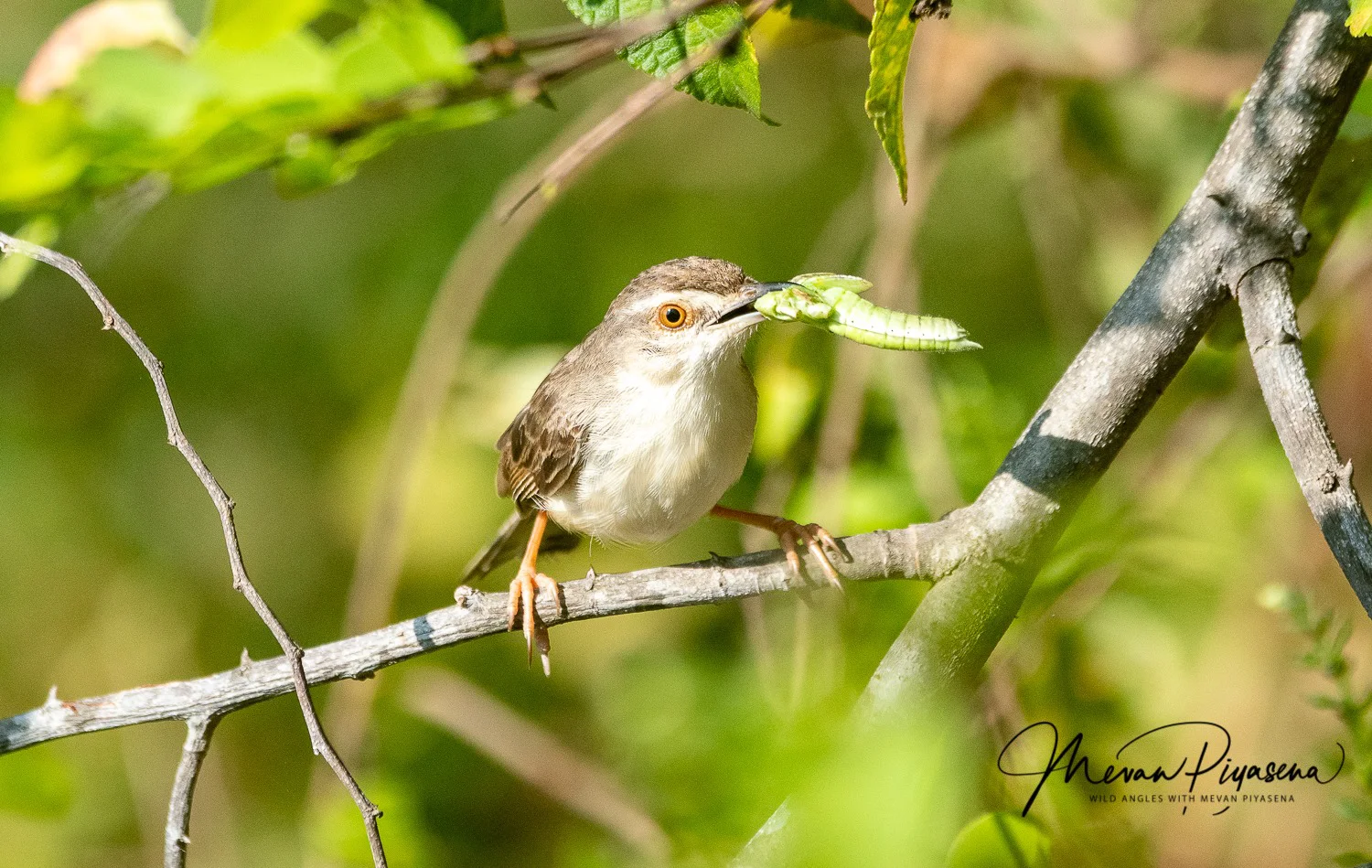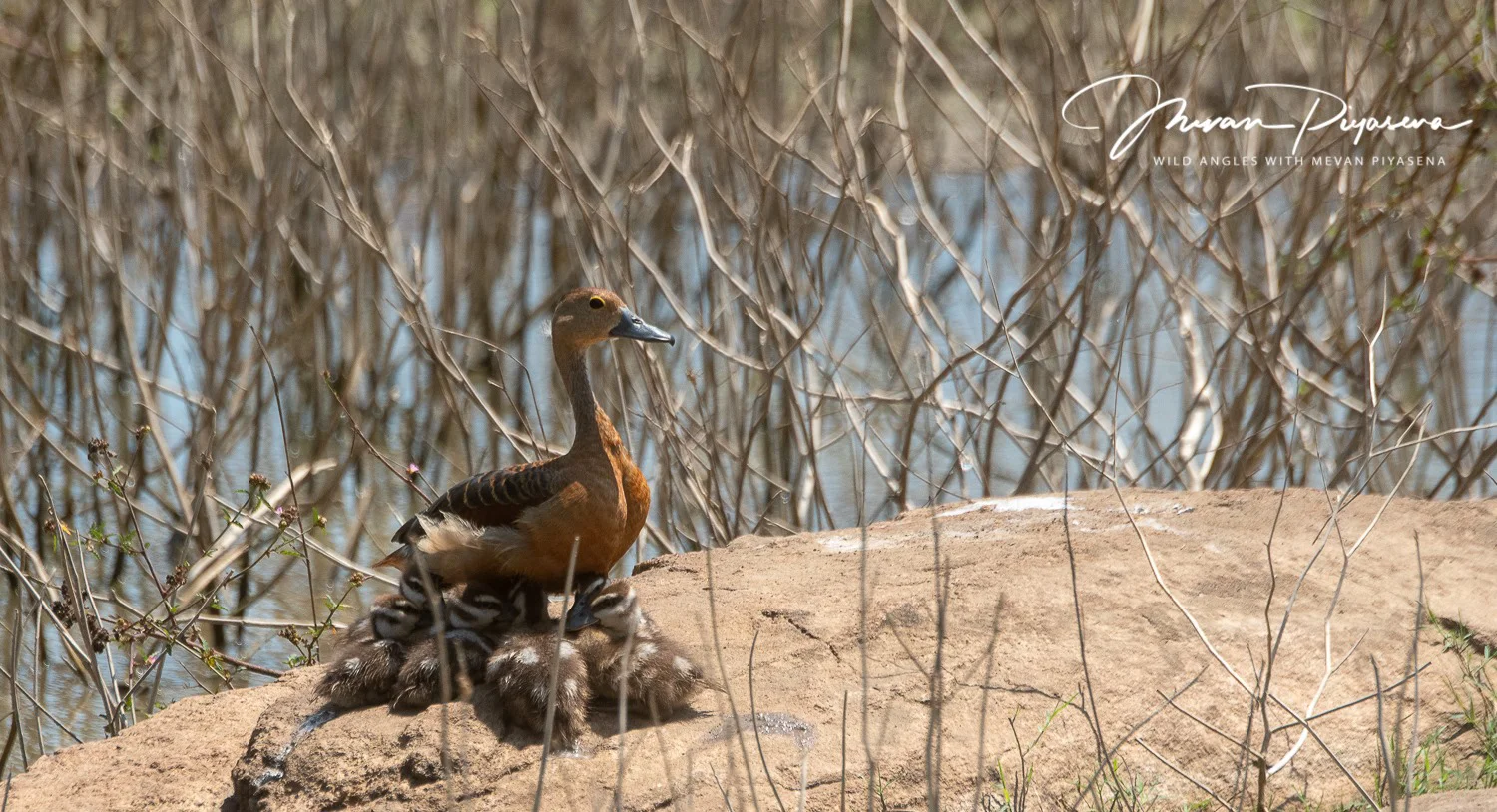Udawalawe
Best known for its large herds of elephants, Udawalawe is a stunning inland park in the south of the island, featuring the Udawalawe Reservoir along its western edge. It had in fact been the building of the reservoir that brought the national park into existence. When the damming of the Walawe river displaced wildlife, Udawalawe was designated a national park in 1972 in order to provide a protected habitat for the animals, in addition to safeguarding the reservoir’s catchment area. In the years since, Udawalawe has become one of the most-visited parks in the country.
Fauna
Although leopards reside in parts of the park they are rarely seen. Elephants, meanwhile, are abundant, thanks in part to the reservoir’s year-round supply of water. Also plentiful are wild boar, sambar deer, barking deer, water buffalo, jackal, sloth bear, toddy cat and black naped hare. Endemic forest birds such as spurfowl, red-faced malkoha, grey hornbill, brown-capped babbler, and Sri Lankan jungle fowl may also been seen year-round, in addition to the ubiquitous pea-fowl.
Physical features and vegetation
Dead trees in the reservoirs provide an indication of the forest cover that existed here before the Walawe was dammed, while swathes of wide open grasslands are also a reminder that the area had been used for shifting (chena) cultivation only several decades ago. As with other dry-zone parks, thorny scrublands are in evidence. But along the waterways, towering kumbuk trees and the endemic mandorang, also prosper.






